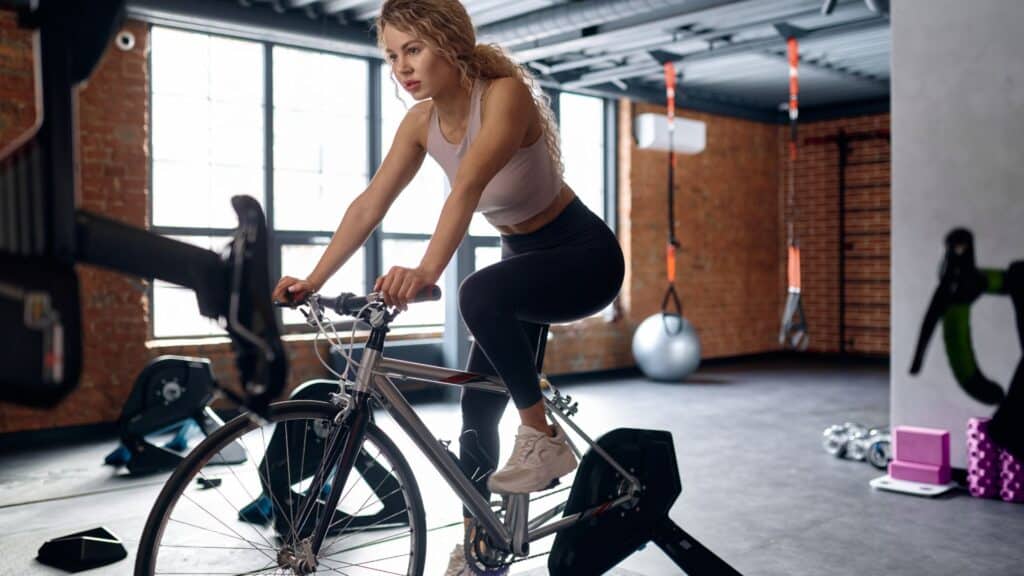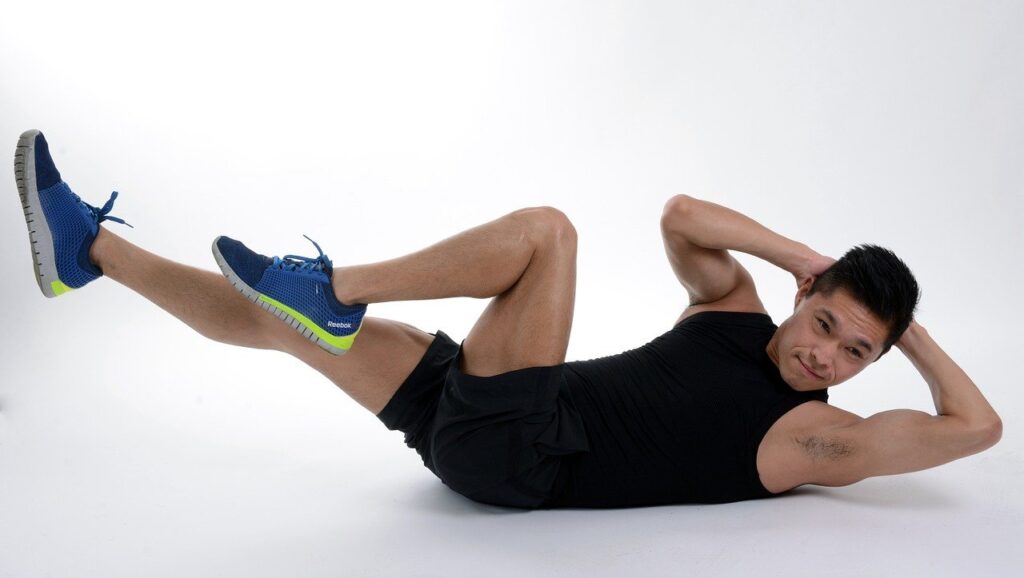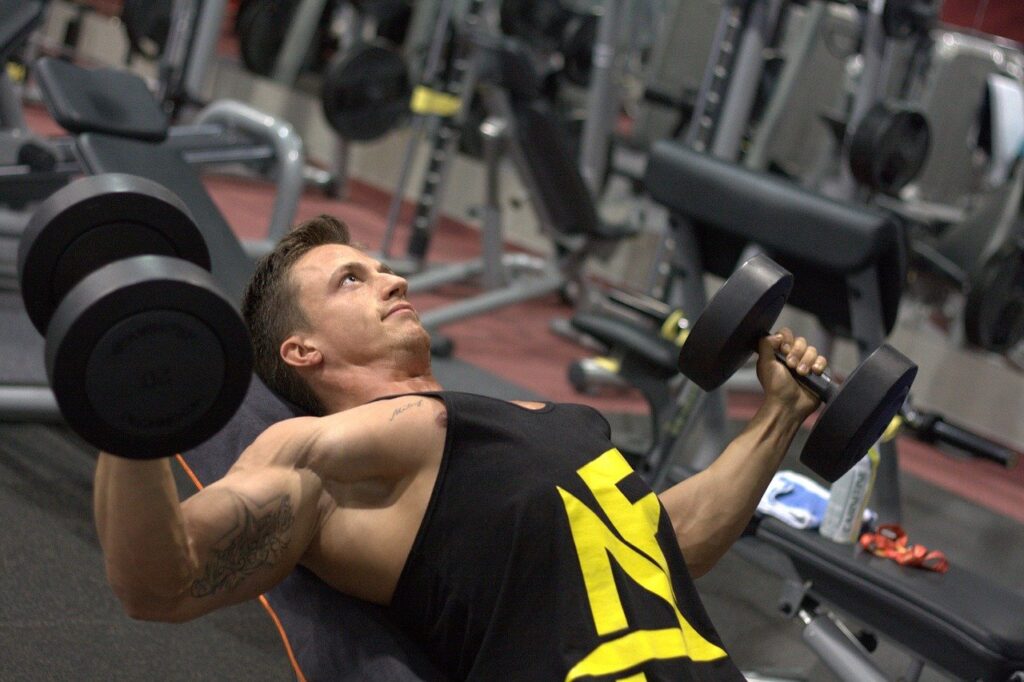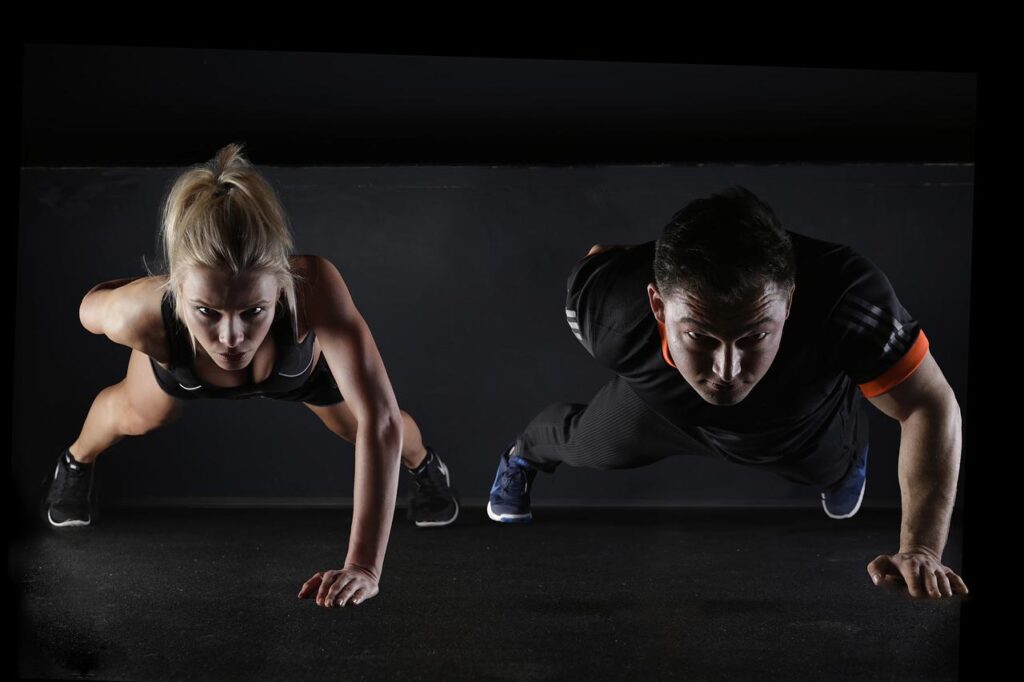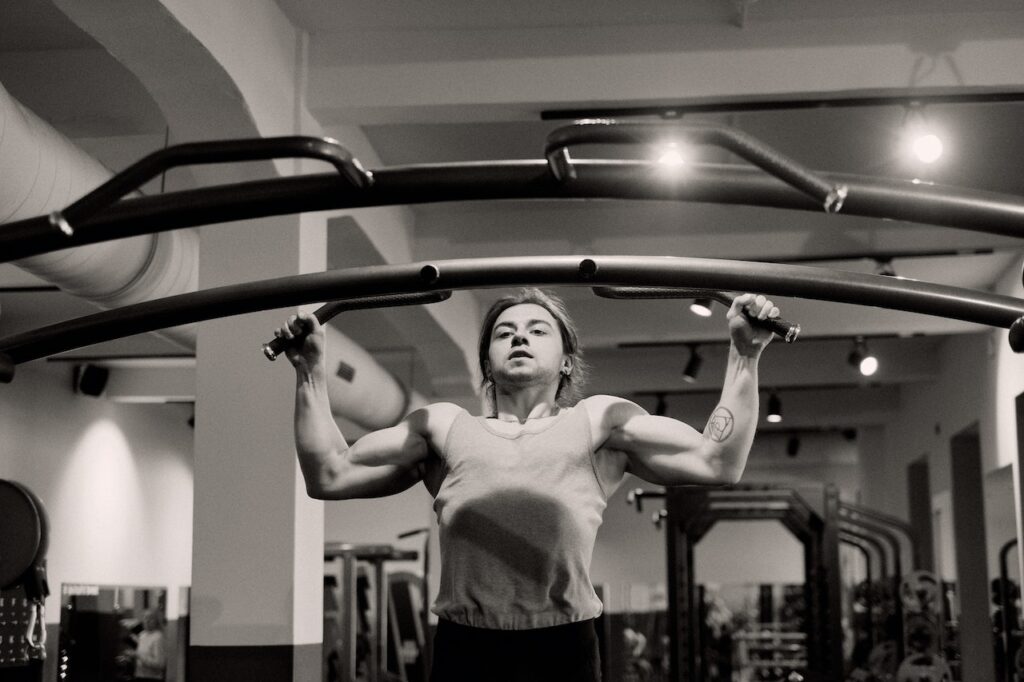Cycling has long been celebrated as a fun and effective way to improve fitness, but using a cycling exercise bike brings those benefits straight into your home. Unlike outdoor rides, indoor cycling is convenient, weatherproof, and accessible for people of all ages and fitness levels. It’s not just about burning calories; a regular cycling routine can help strengthen muscles, boost cardiovascular health, and increase overall energy levels. Many fitness enthusiasts are discovering the wide range of cycling exercise bike benefits, from improved cardiovascular health to effective weight loss. Australians, whether juggling busy work schedules or family commitments, find that exercise bikes fit seamlessly into their lifestyle. With minimal space required and adjustable intensity levels, these bikes offer a low-impact alternative to running or high-intensity gym workouts. Whether your goal is weight management, endurance, or simply staying active, cycling exercise bikes provide a consistent and effective way to achieve results while protecting your joints from stress or injury.
What Is a Cycling Exercise Bike?

A cycling exercise bike is a stationary fitness machine designed to simulate outdoor cycling. Most exercise bikes come with adjustable resistance, a comfortable seat, pedals, and handlebars, letting you customize your workout to match your fitness level. Modern models often feature digital screens to track speed, distance, calories burned, and heart rate, helping users monitor progress over time. Generally, there are three main kinds of exercise bikes: upright, recumbent, and spin, with each offering unique advantages.Upright bikes mimic traditional road bikes, engaging core muscles and promoting posture, while recumbent bikes provide back support, making them ideal for older adults or people with joint issues. Spin bikes, commonly used in high-intensity indoor cycling classes, focus on building strength and stamina. Australians seeking a convenient home fitness solution find that cycling exercise bikes allow consistent, safe, and effective workouts without the need to leave home or worry about traffic and weather conditions.
Can Cycling Reduce Belly Fat?
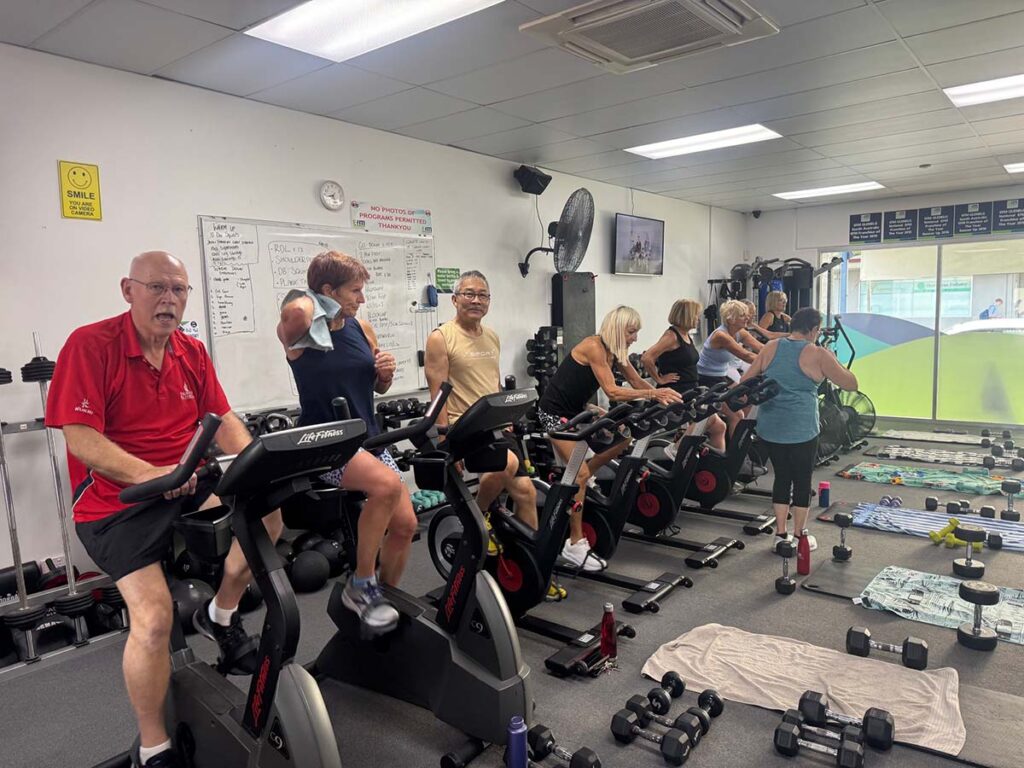
Cycling is an excellent way to target overall body fat, including belly fat, when combined with a balanced diet and consistent exercise routine. Unlike spot-reduction myths, losing belly fat requires burning more calories than consumed, and cycling exercise bikes are highly effective in achieving this. Moderate to high-intensity cycling sessions increase heart rate and stimulate metabolism, helping the body convert stored fat into energy. For Australians looking to improve abdominal tone, regular cycling not only reduces excess fat but also strengthens the core muscles, supporting better posture and balance. Interval training, which alternates between intense bursts of pedaling and slower recovery periods, is particularly effective for accelerating belly fat loss. Additionally, the low-impact nature of cycling ensures joint safety while providing cardiovascular benefits. With consistency and a well-structured plan, cycling can play a pivotal role in achieving a slimmer waistline and improved overall fitness.
How Often Should I Use an Exercise Bike?

The frequency of cycling depends on your fitness goals, current health, and lifestyle. For general fitness, using a cycling exercise bike three to five times a week for 20–45 minutes is recommended. Beginners can start with shorter sessions and gradually increase duration and intensity to avoid fatigue or injury. Australians with busy schedules often find that breaking workouts into shorter sessions across the day is both effective and manageable. For weight loss or endurance improvement, 45–60 minutes of cycling on most days, combined with strength training and proper nutrition, provides noticeable results. It’s essential to listen to your body, allow recovery days, and avoid overtraining, which can lead to burnout or soreness. Regular use of an exercise bike not only helps maintain consistency but also promotes cardiovascular health, builds muscular endurance, and supports sustainable fat loss over time.
Top 7 Health Benefits of Cycling Exercise Bikes

Using a cycling exercise bike regularly delivers a wide range of cycling exercise bike benefits for both physical and mental health. It’s an effective way to burn calories, strengthen muscles, improve cardiovascular fitness, and boost energy levels. Beyond the body, cycling can enhance mood, reduce stress, and support overall wellbeing. Here are the top 7 cycling exercise bike benefits of using a cycling exercise bike that everyone should know and experience.
1. Improves Cardiovascular Health
Regular use of a cycling exercise bike strengthens the heart and improves blood circulation, which reduces the risk of heart disease, stroke, and high blood pressure. By elevating your heart rate during each session, your cardiovascular system becomes more efficient at delivering oxygen throughout the body. Australians can enjoy heart health benefits without leaving home, making cycling convenient and safe. Over time, consistent workouts enhance endurance, reduce fatigue, and improve overall energy levels. Even moderate cycling sessions performed several times a week can significantly boost cardiovascular function, supporting long-term heart health.
2. Burns Calories and Supports Weight Loss
Cycling exercise bikes are a highly effective way to burn calories and lose weight. Pedaling engages large muscle groups, which increases energy expenditure and helps create a calorie deficit essential for fat loss. High-intensity interval training (HIIT) sessions on the bike accelerate metabolism and maintain calorie burn even after exercise. For Australians aiming to shed kilograms, cycling offers a low-impact alternative to running or high-impact workouts, reducing the risk of injury while supporting sustainable fat loss. Consistent cycling, combined with balanced nutrition, can lead to visible results in both weight and body composition.
3. Strengthens Lower Body Muscles
Cycling targets major lower body muscles including the quads, hamstrings, calves, and glutes. Over time, this strengthens and tones the legs while improving endurance for daily activities or sports. Unlike some gym workouts, cycling offers a low-impact way to build muscle without putting excessive stress on joints. Australians can also benefit from the convenience of indoor cycling, allowing for consistent lower-body conditioning regardless of weather conditions. By adjusting resistance levels on the bike, users can progressively challenge muscles, improving both strength and stamina. Stronger legs also support balance, posture, and overall functional fitness.
4: Enhances Mental Health and Mood
Cycling supports your fitness while also boosting your mental clarity and mood. Exercise triggers the release of endorphins, which naturally reduce stress, anxiety, and depression symptoms. A 30–45 minute cycling session can improve mood, boost confidence, and increase mental clarity. For Australians juggling work, family, and busy lifestyles, cycling exercise bikes provide a reliable, indoor way to unwind and recharge. Regular activity helps create a positive routine, which contributes to long-term mental wellbeing. By combining physical exertion with focused mindfulness during rides, cycling becomes a holistic approach to both mental and physical health.
5: Low-Impact on Joints
One of the key advantages of cycling is its low-impact nature. Unlike running or high-intensity workouts that can strain knees, hips, and ankles, cycling provides a gentle, joint-friendly option for fitness. This makes it suitable for older adults, beginners, or anyone recovering from injury. Australians can enjoy effective workouts without discomfort or risk of overuse injuries. Low-impact exercise promotes long-term adherence to fitness routines and supports healthy mobility. Despite being gentle on joints, cycling still delivers high-calorie burn, muscle strengthening, and cardiovascular improvements, making it an ideal option for sustainable and safe workouts.
6: Boosts Stamina and Endurance
Cycling exercise bikes improve overall stamina and physical endurance by challenging the cardiovascular system and engaging large muscle groups. With consistent training, Australians can perform daily tasks with more energy and experience less fatigue during physical activities or sports. Interval training on a bike, switching between high and low intensity, helps improve both aerobic and anaerobic fitness.This leads to stronger lungs, better oxygen utilization, and improved athletic performance. Over time, even moderate cycling sessions help users sustain longer workouts, making exercise feel easier and more enjoyable while supporting overall fitness and wellbeing.
7. Supports Core Stability and Posture
Although cycling primarily targets the lower body, it also engages core muscles for balance and stability, especially on upright or spin bikes. A strong core improves posture, reduces back pain, and enhances overall functional fitness. Australians who spend long hours sitting at desks or working from home can benefit from this added support to the spine and abdominal muscles. Regular cycling encourages proper alignment and strengthens stabilising muscles, which not only enhances performance during workouts but also contributes to better posture in daily life. Combined with other exercises, cycling can help maintain a healthy, strong core.
How Cycling Enhances Heart Function

Cycling on an exercise bike is a heart-healthy activity that improves cardiovascular efficiency. Regular sessions increase heart rate and strengthen the heart muscle, allowing it to pump blood more effectively throughout the body. Improved circulation reduces the risk of high blood pressure, heart disease, and stroke. Consistent cycling also helps regulate cholesterol levels by increasing good HDL cholesterol and reducing harmful LDL cholesterol. For Australians seeking to boost endurance, a strong cardiovascular system ensures the body can handle prolonged physical activity with less fatigue. Moreover, indoor cycling encourages interval training, which alternates between high and low intensity, challenging the heart and improving its responsiveness. Over time, this leads to better oxygen delivery, faster recovery, and enhanced overall health, making cycling exercise bikes an ideal tool for maintaining long-term heart function and fitness.
How Works Cycling Exercise for Weight Loss and Fat Burning

Cycling on an exercise bike is a great way to lose weight, as it burns calories, boosts fat loss, and engages your muscles.Pedaling increases heart rate, triggering the body to use stored fat as energy, especially during longer or high-intensity sessions. Interval training on the bike, alternating bursts of speed and recovery, accelerates fat-burning even after the workout ends, thanks to the afterburn effect. For Australians aiming to shed kilograms, consistent cycling can complement dietary changes, creating a calorie deficit needed for weight loss. Additionally, cycling strengthens muscles in the lower body, increasing basal metabolic rate and helping the body burn more calories at rest. Whether you choose moderate-paced rides or intense spin-style sessions, a structured cycling routine promotes sustainable fat loss while building endurance, improving cardiovascular health, and enhancing overall fitness levels.
What Is the Best Time to Cycle Indoors?
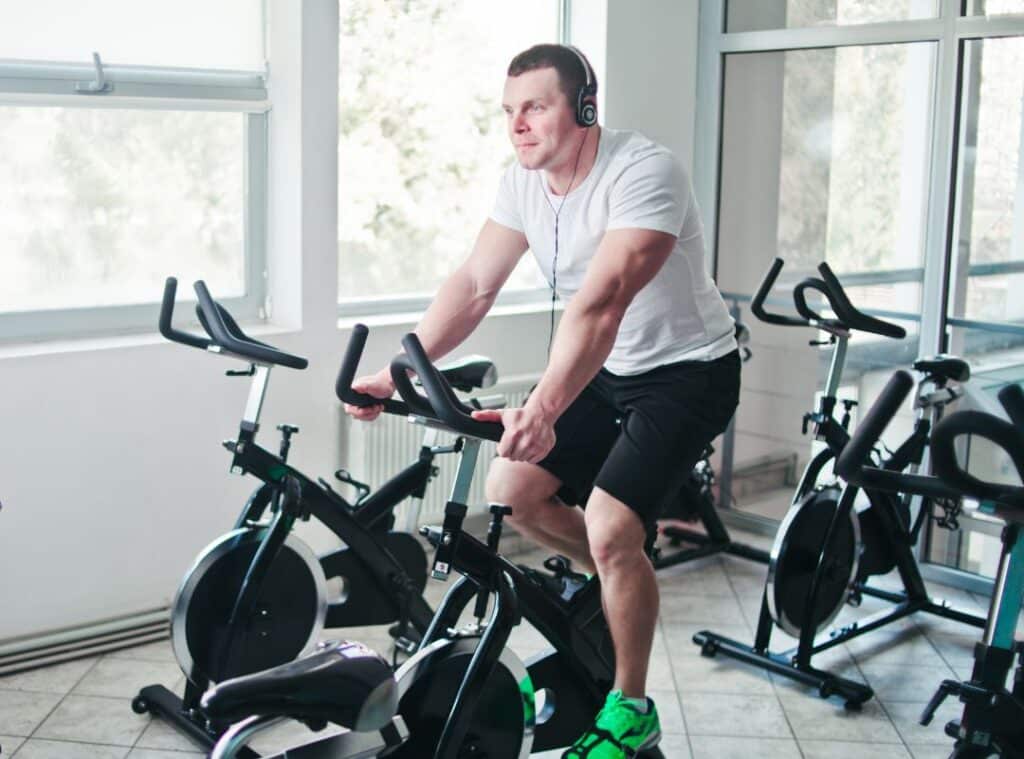
The best time to use a cycling exercise bike largely depends on individual schedules, energy levels, and goals. Many Australians prefer early morning sessions, as cycling first thing boosts metabolism, energizes the body, and sets a positive tone for the day. Morning rides also encourage consistency, reducing the likelihood of skipping workouts due to distractions or fatigue. Afternoon or evening sessions are ideal for stress relief, releasing tension built up throughout the day and helping with relaxation before bedtime. Importantly, intensity and duration should align with your body’s natural energy peaks. While some studies suggest exercising on an empty stomach may enhance fat burning, it’s crucial to listen to your body and stay hydrated. Ultimately, the best time is when you can commit consistently, ensuring regular indoor cycling becomes a sustainable and enjoyable fitness habit.
Is Cycling Better Than Running?

Both cycling and running offer tremendous fitness benefits, but cycling exercise bikes provide advantages that make them particularly appealing for many Australians. Cycling is low-impact, reducing stress on joints, knees, and ankles, making it ideal for beginners, older adults, or those recovering from injury. While running may burn slightly more calories per hour at high intensity, cycling allows for longer workouts with less fatigue and lower injury risk. Additionally, cycling strengthens lower body muscles, enhances endurance, and improves cardiovascular health just like running. For indoor exercise, a cycling bike provides a controlled environment free from weather, traffic, or terrain limitations. Combining cycling with occasional running can offer the best of both worlds, but for sustainability, accessibility, and joint protection, cycling exercise bikes often emerge as the safer and more versatile choice.
Conclusion
Cycling exercise bikes are an accessible, effective, and versatile fitness solution for Australians seeking to burn calories, build strength, and boost energy. Whether your goal is weight loss, cardiovascular improvement, or enhancing endurance, indoor cycling offers low-impact, joint-friendly workouts that fit into any lifestyle. With adjustable resistance, interval training options, and consistent use, cycling engages multiple muscle groups while supporting heart health and overall wellbeing. Beyond the physical benefits, cycling also improves mood, reduces stress, and encourages a long-term commitment to fitness. By incorporating regular indoor cycling into your routine, you can achieve measurable health improvements, maintain consistency regardless of weather, and enjoy a safe, efficient, and enjoyable path toward better fitness and wellbeing.

